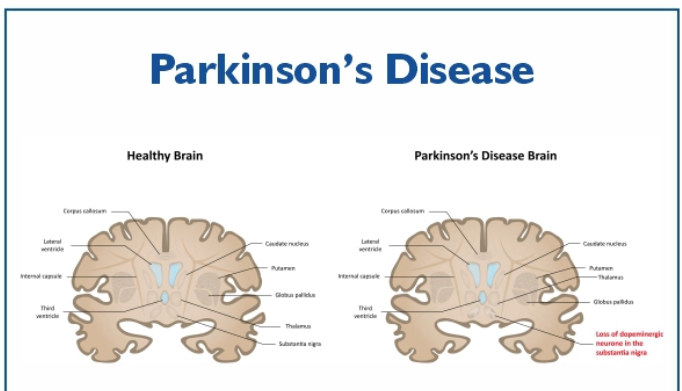Know the symptoms and treatments for Parkinson’s disease, a progressive neurological disorder.
For Laurada Byers, the seventy-year-old creator of the Philadelphia-based Russell Byers Charter School, the issues began with a foot that seemed to have an independent will. When her family came to town to scatter her husband’s ashes, Byers discovered about ten years ago that her tendency to leave her own shoes behind might be more than just clumsiness or ill-fitting shoes; her husband had been killed in front of her during a poorly executed robbery. She complained, “I’m walking around Philly in my stocking feet, and it was a horrible, wet, and rainy day,” because she was finding it so hard to keep her shoes on. “I thought, ‘My grandkids must think I’m crazy,’” so she made an appointment with a podiatrist. He referred her on to a neurologist, and with some effort, they determined that it was probably Parkinson’s disease, a chronic and progressive neurological condition that causes a variety of changes in the body and brain.
Also read-Vascular Dementia : A Patient’s Guide To Vascular Dementia And Its Symptoms
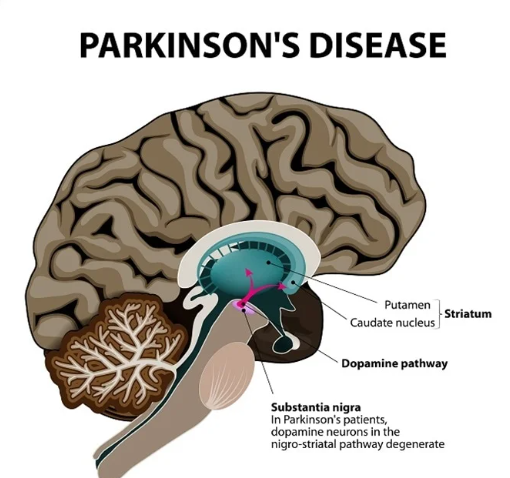
What is Parkinson’s disease?
The National Institute on Aging reports that “Parkinson’s disease is a brain disorder that leads to shaking, stiffness, and difficulty with walking, balance, and coordination.” The Parkinson’s Foundation reports that these changes are associated with a reduction in the levels of dopamine in the brain, a neurotransmitter that helps pass chemical signals between neurons. “Parkinson’s disease is a neurodegenerative disorder that affects predominately dopamine-producing (‘dopaminergic’) neurons in a specific area of the brain called the substantia nigra,” a structure in the middle of the brain that controls movement and is home to our feelings of reward.
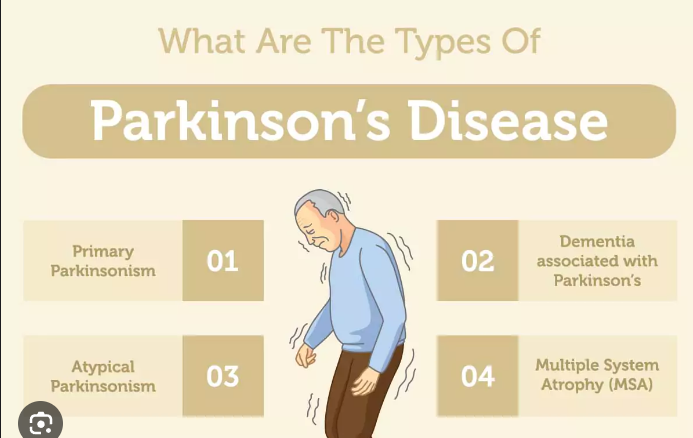
What causes Parkinson’s disease?
Parkinson’s is a movement disorder and, as such, shares some similarities to cerebral palsy, ataxia, and Tourette syndrome. These disorders all feature changes in the nervous system that impact how a person moves. With Parkinson’s, the exact cause is still unclear, but inadequate dopamine levels in the brain seem to be a primary factor in why the disorder develops.
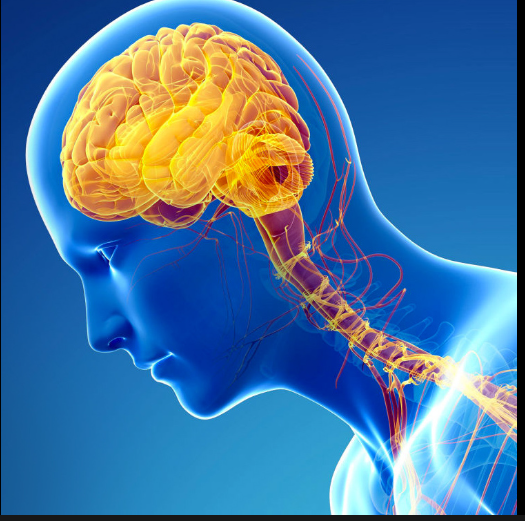
Who is at risk of Parkinson’s disease?
Although it can affect both sexes, men are more likely than women to develop Parkinson’s disease. According to a 2016 French study, men are fifty percent more likely than women to get Parkinson’s disease. Hormonal differences between the sexes could contribute to the disparity, though the exact reason why men appear to be at higher risk is unknown.
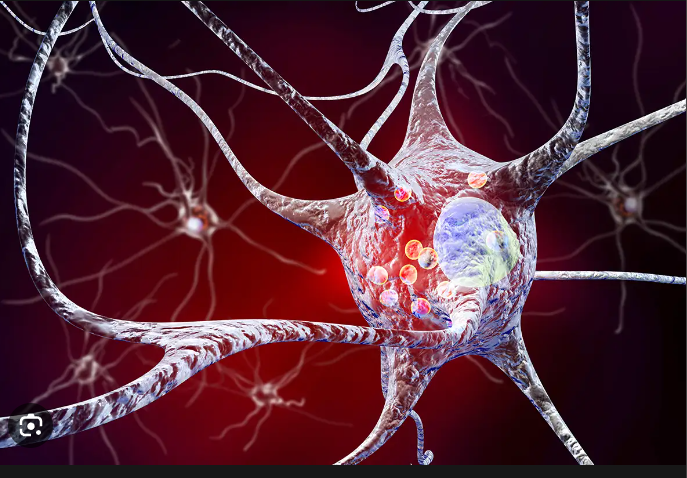
Age plays a role as well. According to the NIA, “5 to 10 percent of people with Parkinson’s have ‘early-onset’ disease, which begins before the age of 50, although the majority of people with Parkinson’s first develop the disease at about age 60.” Although not always inherited, early-onset Parkinson’s disease has been connected to certain gene mutations in certain cases.
How is Parkinson’s diagnosed?
Making a positive diagnosis of Parkinson’s disease isn’t always an easy proposition, as many of the symptoms overlap with those of other conditions, and no test yet exists that can specifically pinpoint Parkinson’s as the cause. “Parkinson’s is a negative diagnosis,” Byers says, meaning that it’s a diagnosis of exclusion, and in many cases, a doctor will prescribe medication, hoping it makes a difference. “If you take the pills and it works, that means you have Parkinson’s. And if you take them and they don’t work, it means it’s something else,” Byers says.
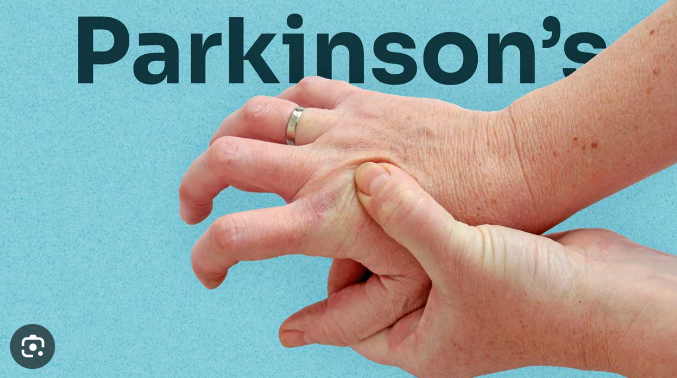
However, she cautions other people who are being treated for Parkinson’s to know how the medication works. “Nobody ever told me that I shouldn’t take the pill with food,” but that’s exactly what she was doing. The proteins in the food she was eating were interfering with the efficacy of the medication, “essentially canceling each other out.” Because it seemed the medication wasn’t working and the cause of her symptoms remained elusive, Byers went to the Mayo Clinic in Rochester, Minnesota, for further testing. Once there, she says she “had the shortest visit in the history of the Mayo. I walked into this doctor’s office, and he asked me to walk down the hall. After he saw me walk, he said, ‘yes, you have Parkinson’s.’” Taking her medication well away from meal times made it much more effective, and she says her case has progressed relatively slowly and hasn’t been as severe as some.
How is Parkinson’s disease treated?
Today, a variety of medications exist that can help boost levels of neurotransmitters in the brain and alleviate some of the symptoms of Parkinson’s disease. Medications you may be prescribed include:
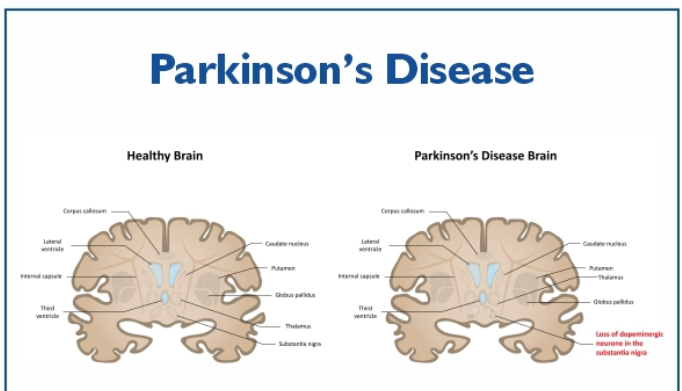
- Carbidopa-levodopa (Sinemet). The Mayo Clinic reports that this is “the most effective Parkinson’s disease medication” and that it’s a “natural chemical that passes into your brain and is converted to dopamine.”
- Carbidopa-levodopa infusion (Duopa) This gel-based infusion medication is typically delivered via a feeding tube and is intended for patients with more severe or advanced cases of Parkinson’s.
- Dopamine agonists. “Unlike levodopa, dopamine agonists don’t change into dopamine. Instead, they mimic dopamine effects in your brain,” the Mayo Clinic reports. This means that, while they may be less effective than levodopa, they tend to last longer and can smooth out spikes and crashes in how you feel.
- MAO B inhibitors. These medications “help prevent the breakdown of brain dopamine by inhibiting the brain enzyme monoamine oxidase B,” the Mayo Clinic reports. These medications are often used in combination with other drugs to help control the symptoms of Parkinson’s.
- Catechol O-methyltransferase (COMT) inhibitors These medications prolong the action of levodopa.
- Anticholinergics. These medications block the neurotransmitter acetylcholine and can help control tremors.
- Amantadine. Sometimes used for less-severe cases of Parkinson’s or used in combination with carbidopa-levodopa for patients with later-stage disease, this antiviral medication provides relief from involuntary movements in some patients.
Also read-Meningitis : A Patient’s Guide To Meningitis And Its Symptoms
images source: Google
Disclaimer: The opinions and suggestions expressed in this article are solely those of the individual analysts. These are not the opinions of HNN. For more, please consult with your doctor.







